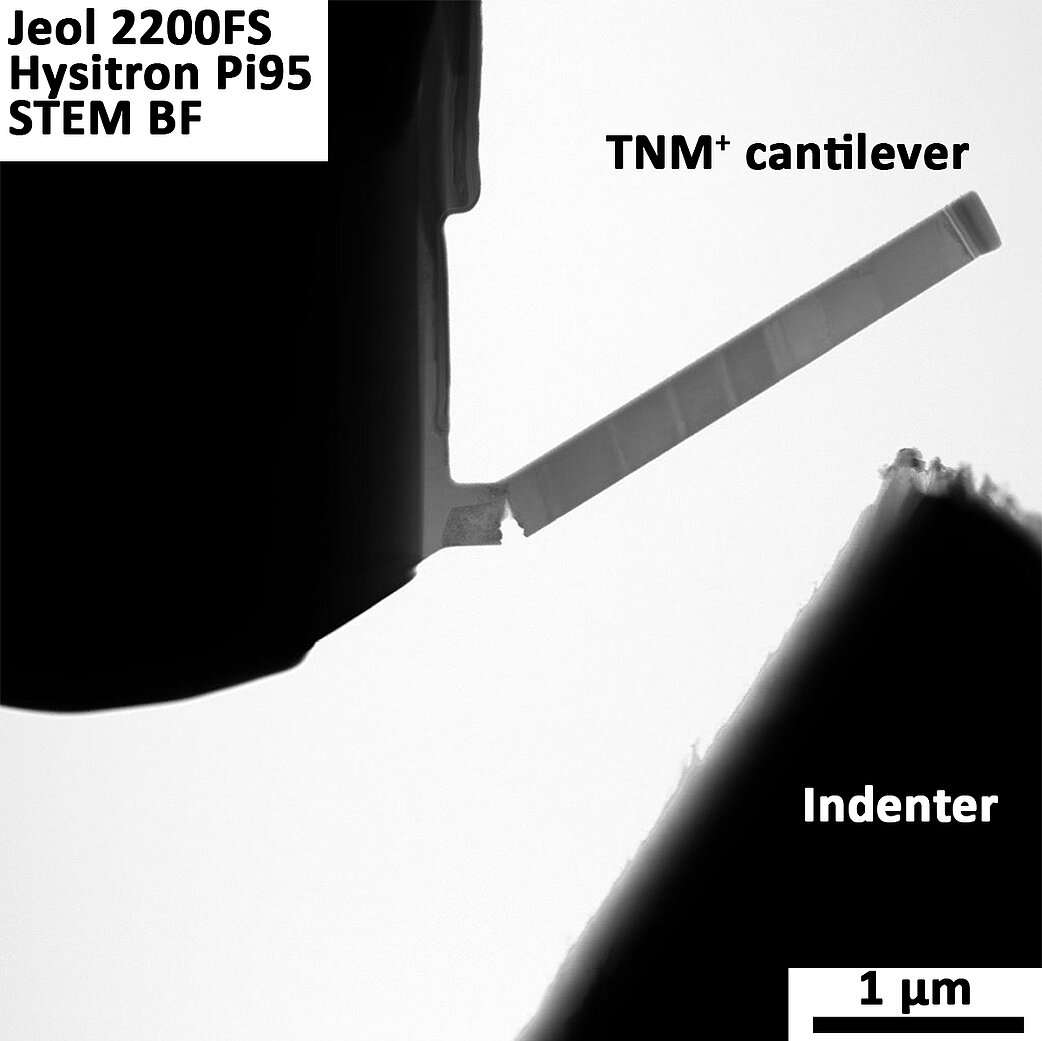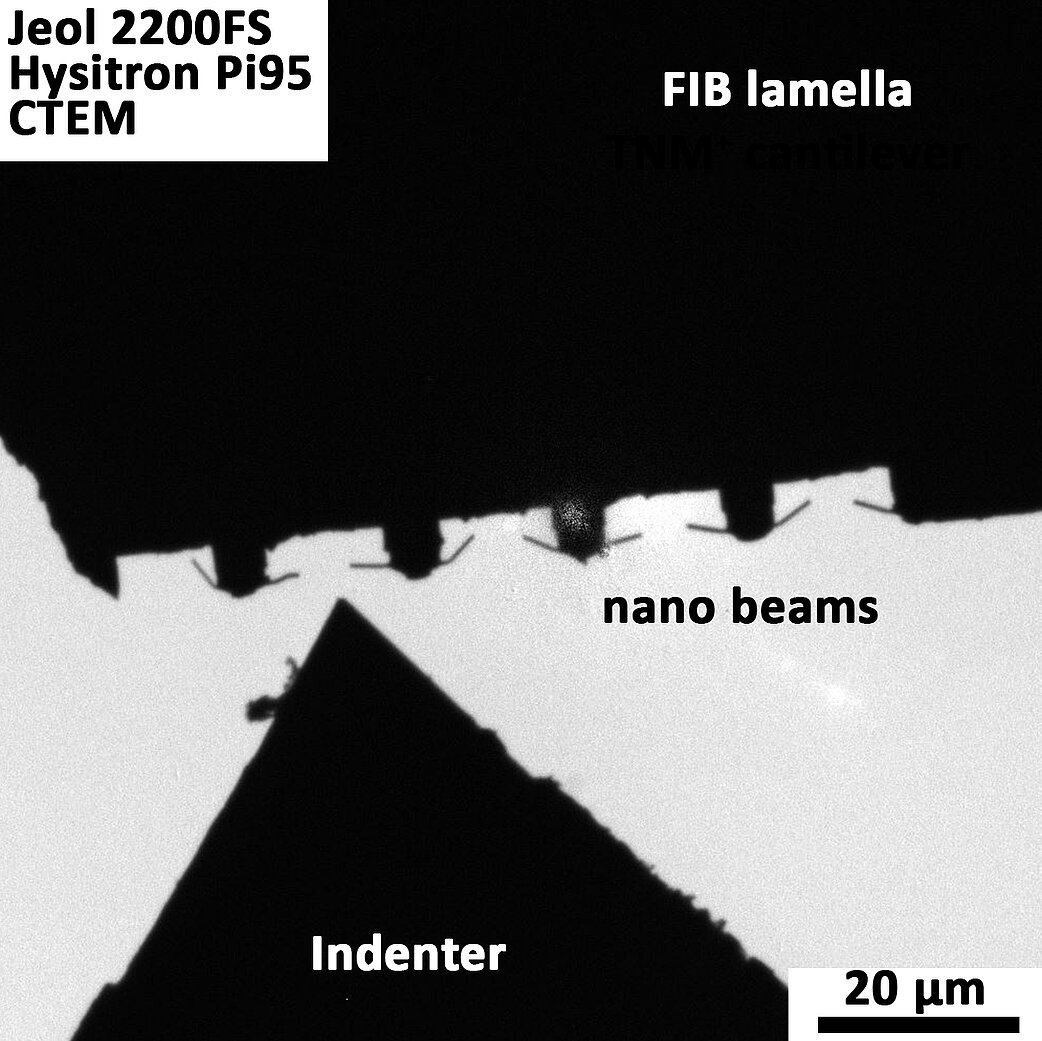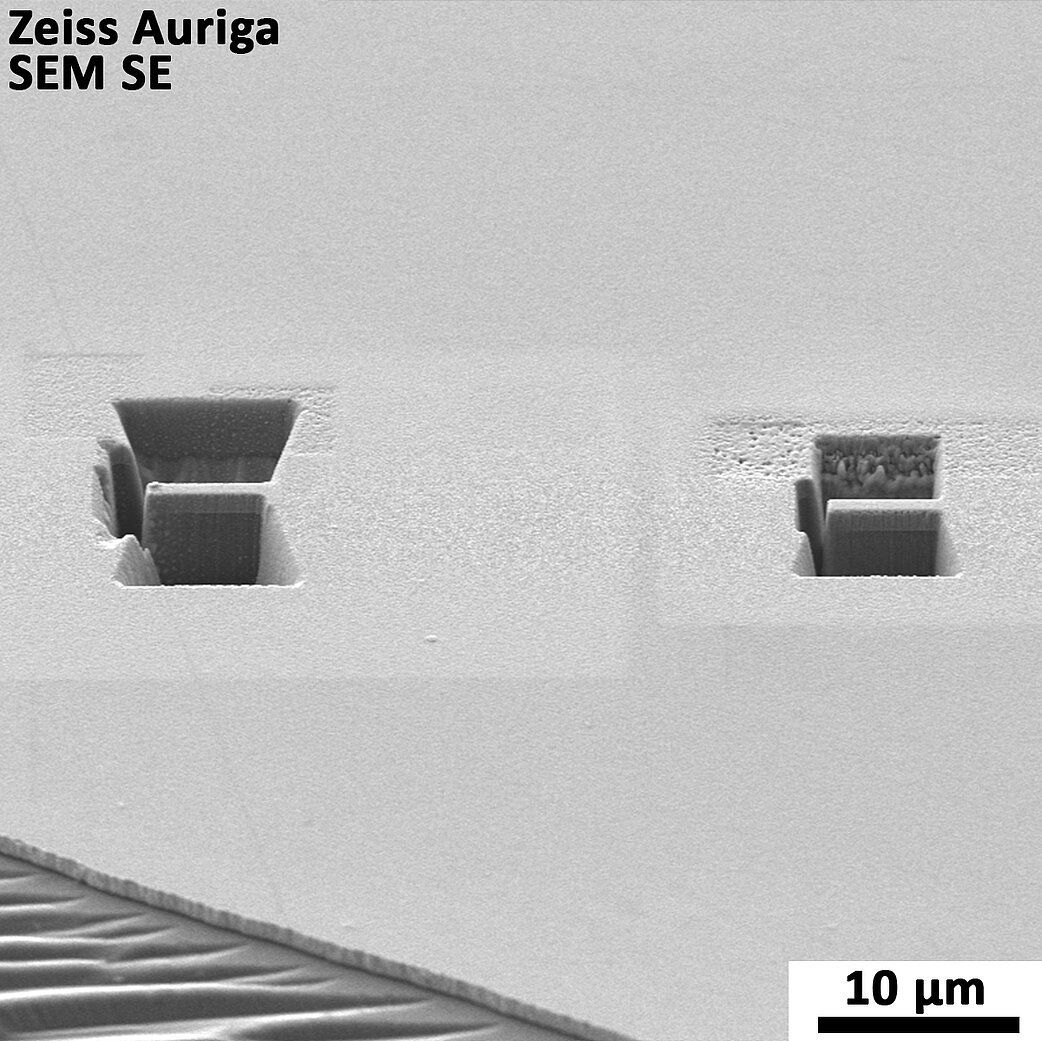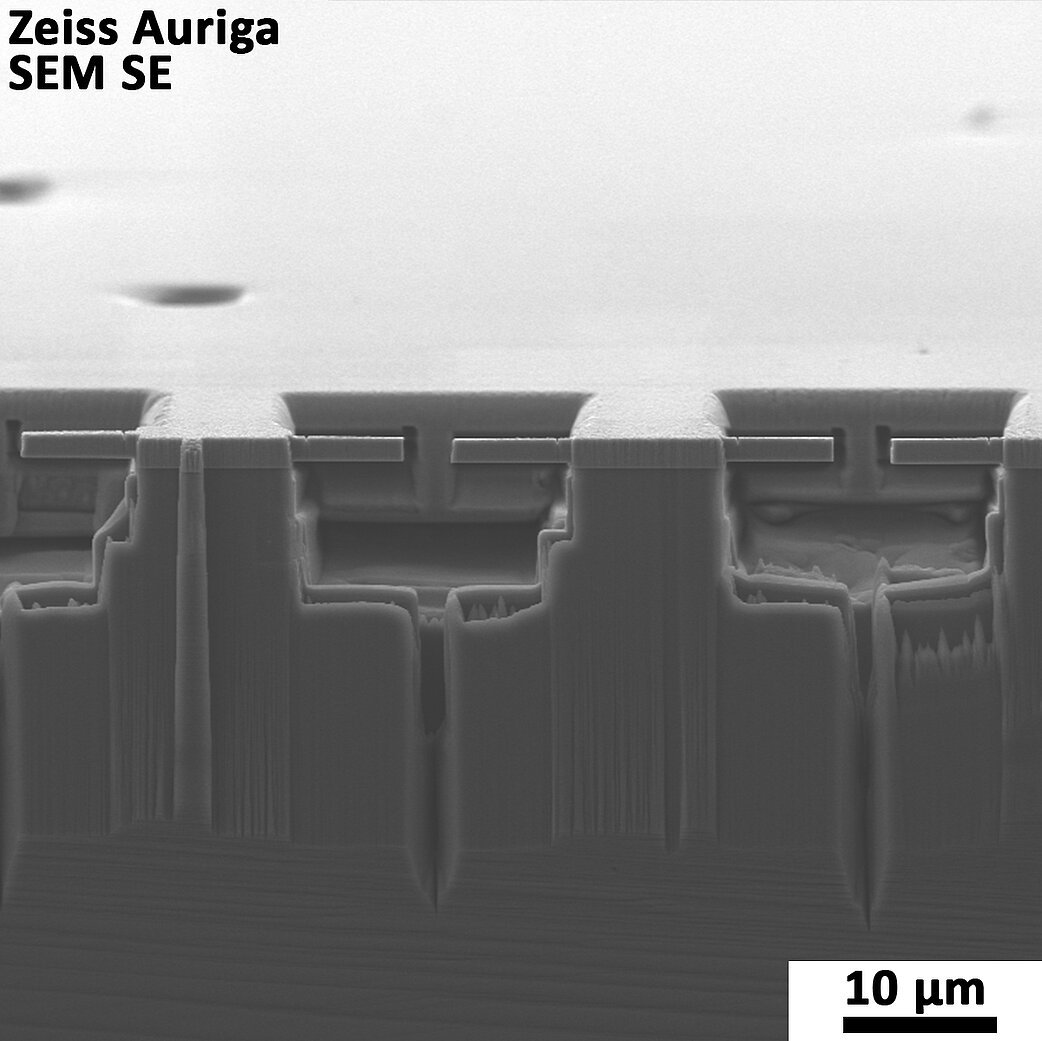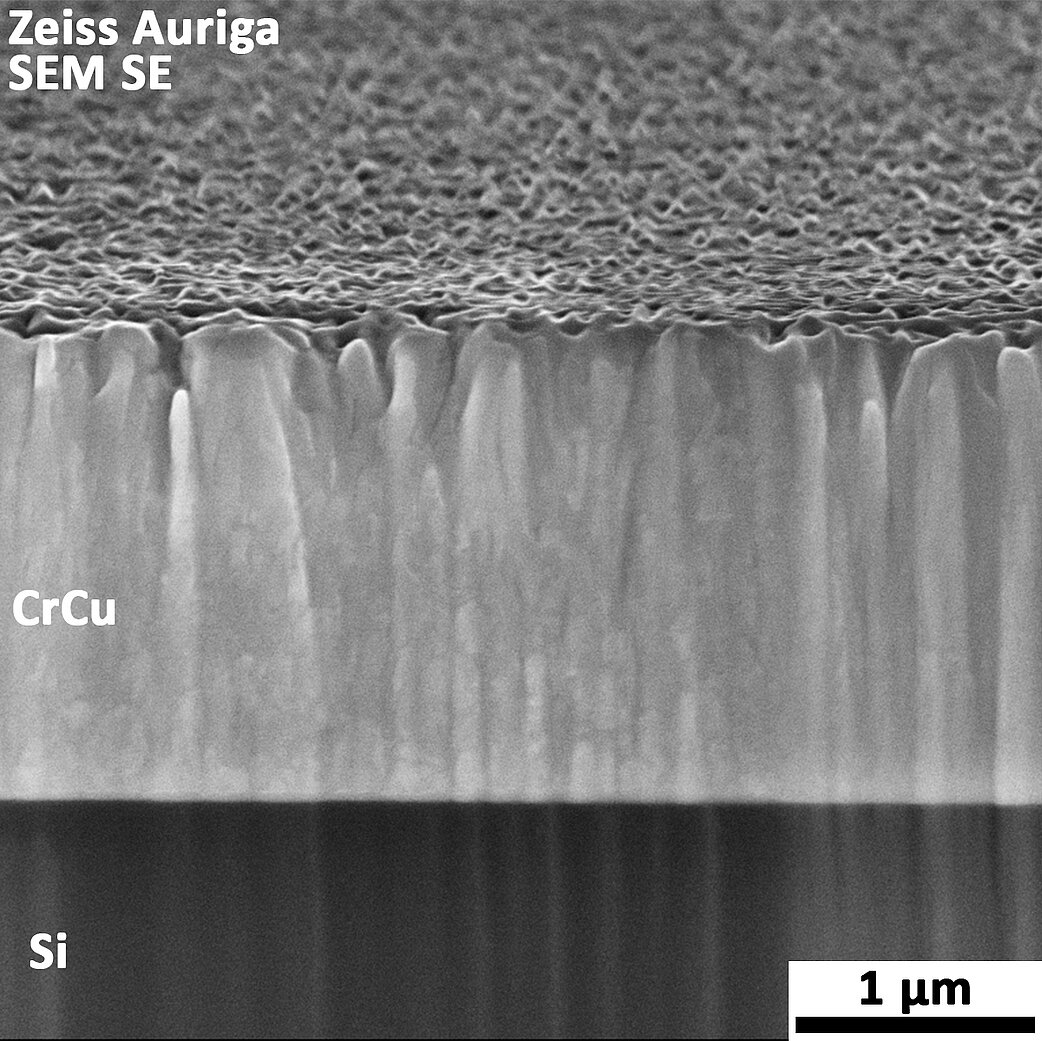Nanofracture – Origin of fracture in high strength materials
Project leader: Daniel Kiener
Our FWF project entitled “Nanofracture – Origin of fracture in high strength materials” was started in early April 2022 and aims to investigate the effect of modified grain boundaries on the deformation and failure behavior in nanocrystalline materials and tailored intermetallic alloys. With respect to nanocrystalline materials, a model alloying system composed of Cr and Cu was chosen, to be synthesized in bulk via high-pressure torsion and as thin film using physical vapour deposition, respectively. This well-known system serves to also identify possible additional alloying elements to enhance the interfacial strength. This will be supported by our cooperation partners specializinf on ab-initio calculations.
With respect to intermetallic alloys, an established energy-efficient TiAl alloy will be investigated. Here the strengths of the different lamellar interfaces in a C-doped and undoped condition are of special interest. Furthermore, the effect of sub-nm-sized silicide particles along these interfaces will be examined in more detail. In a wider context, the fracture behaviour of the different involved phases depending on their orientation and interfaces shared between them will be another subject during the term of this project. Complementary molecular dynamic simulations will be performed by our cooperation partners to understand the mechanisms of crack propagation along distinct interfaces in the case of the TiAl alloys.
The investigation of the different interface fracture properties will be performed by micro- and nano-scaled in‑situ notched bending beam experiments. Therefore, different nanoindenters, equipped with continuous stiffness modules, are used within scanning or transmission electron microscopes. Recorded videos will be analyzed via computer vision and from this, current crack lengths can be extracted. Other material parameters such as fracture toughness, the J-integral and the crack tip opening displacement will be calculated to provide further insights into the underlying processes.
The main goal of this FWF project is to increase the material’s strength and ductility, while preventing their failure, a combination that is commonly exclusive.
Nonetheless, in terms of early achievements of this ongoing project, our approach to nanocrystalline materials with tailored grain boundary conditions delivered some first promising results from physical vapour deposited CrCu. And also in the case of the TiAl alloy, first promising results were already published for micro-mechanical specimens investigating the C and Si-doped interfaces of a TNM alloy.
Team:

Cooperation Partners:

PD Dr. habil. Rebecca Janisch
Research Group Leader
Mechanical Properties of Interfaces
Department of Micromechanical
and Macroscopic Modelling
ICAMS, Ruhr-Universität Bochum, IC 02-503
Universitätsstr. 150, 44801 Bochum, Germany
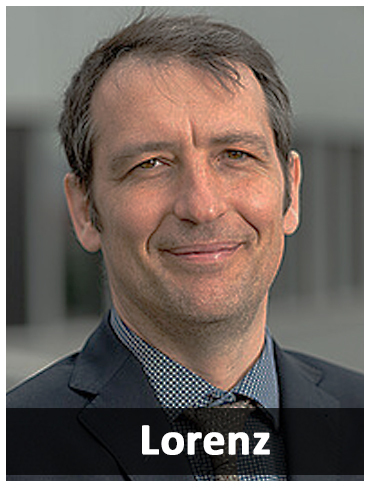
Prof. Dr. Lorenz Romaner
Vice Department Head
Chair of Physical Metallurgy and Metallic Materials
Department Materials Science,
Montanuniversität Leoben,
Roseggerstraße 12, 8700 Leoben, Austria
Foto Gallery:
Publications
M. Burtscher, M. Alfreider, K. Schmuck, H. Clemens, S. Mayer, D. Kiener, In situ fracture observations of distinct interface types within a fully lamellar intermetallic TiAl alloy, Journal of Materials Research 36, 2021, 2465–2478, 10.1557/jmr.2020.306.
Acknowledgements

P 34840-N
